
Concept explainers
Interpretation:
Thegiven molecular models are to be converted into a condensed structural formula, a Kekule structure, and a skeletal (line) structure.
Concept Introduction:
Molecular model of a chemical compound represents the three-dimensional position of the atoms along with the bonds between them. The atoms are represented by spheres, connected by rods, which represent the bonds.
Wedges represent the bonds toward the viewer, dashes represent the bonds away from the viewer, and solid lines represent the bonds in the plane of the image.
The structural formula of a chemical compound consists of the graphic representation of the molecular structure and the arrangement of atoms.
In an organic molecule, the structure representation of atoms takes place by single or double bonds without lone pairs; it is called theKekule structure.
In an organic molecule, bonds are not represented by single lines or branched chains; it is called the condensed structural formula.
In an organic molecule, when the structure consists of straight lines that represent
Answer to Problem 24QP
Solution: The structures of the compounds are represented below.
(a)
Condensed:

Kekule:
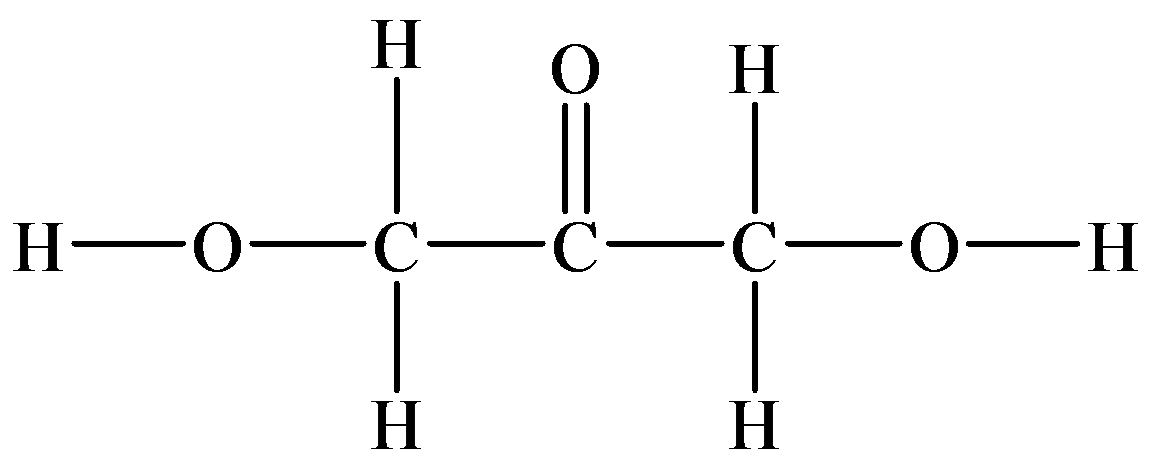
Skeletal (line):
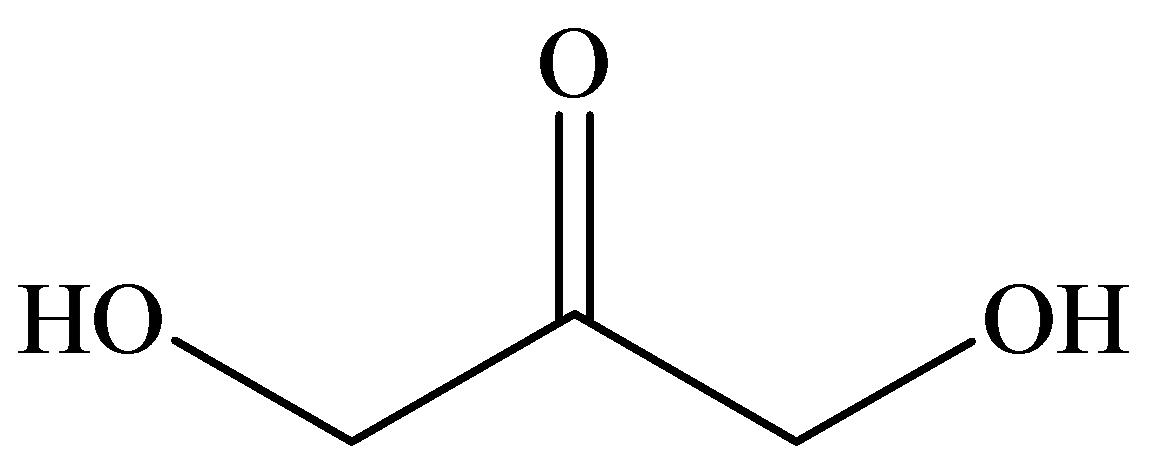
(b)
Condensed:

Kekule:
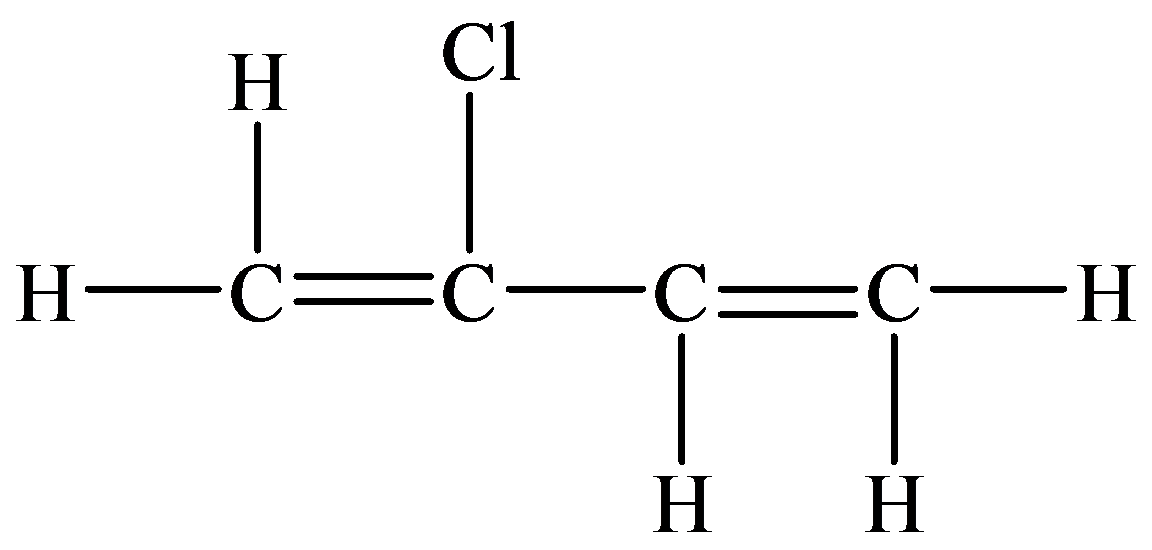
Skeletal (line)
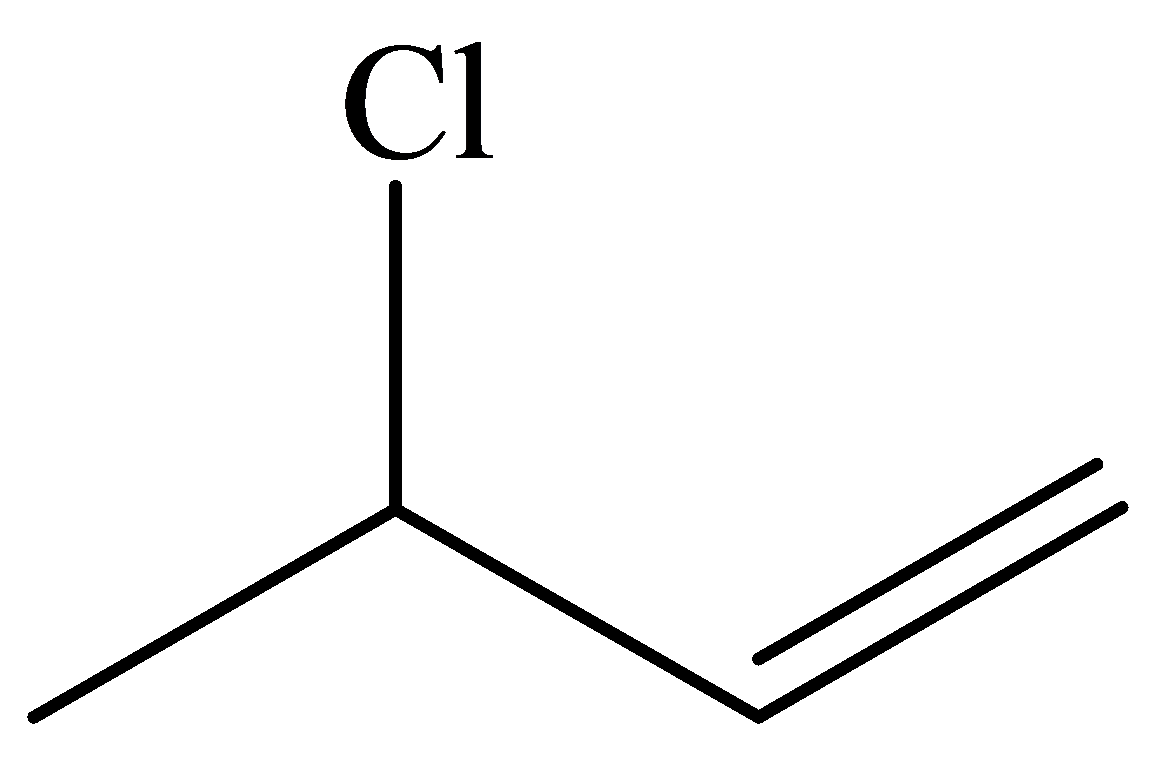
(c)
Condensed

Kekule
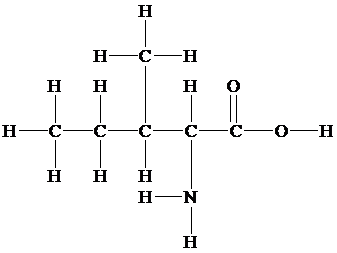
Skeletal (line):
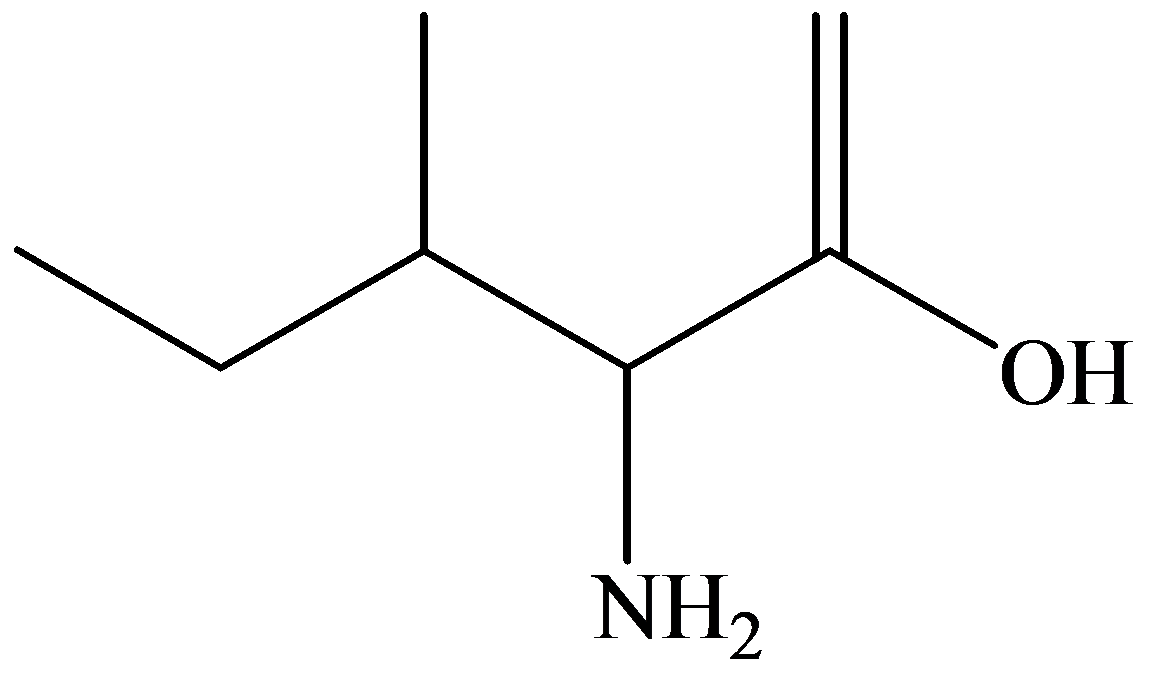
Explanation of Solution
a)
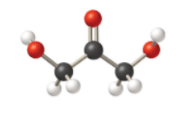
In the condensed structural formula, the compound consists of two

In thestructure given below, there are three carbon atoms, in which two carbon atoms are linked to the
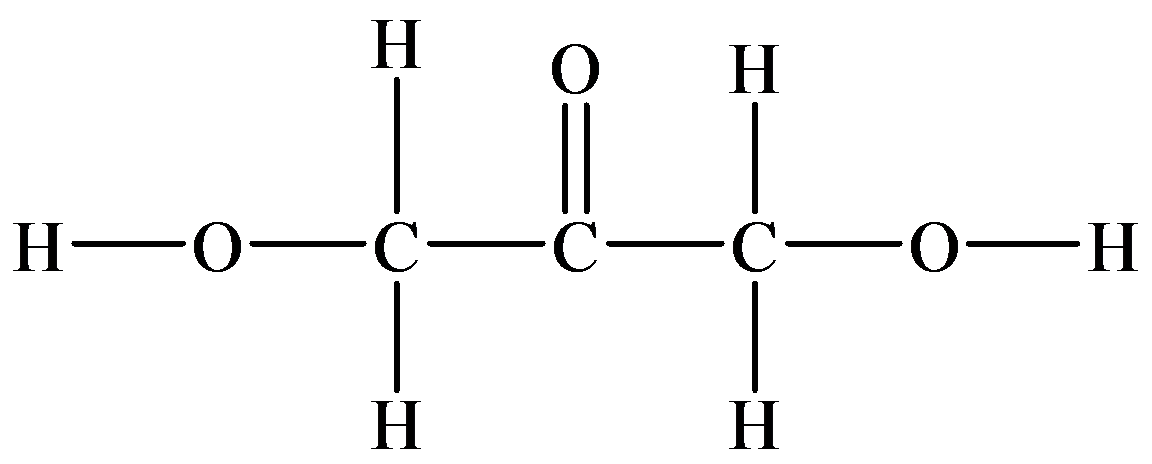
The skeletal structure consists of a line representation of the bond between atoms. In this structure, carbon and hydrogen atoms are not shown except heteroatoms. Two oxygen atoms are linked by a single line and one oxygen atom is linked by double lines. A single line representsa single bond and double lines represent double bonds.
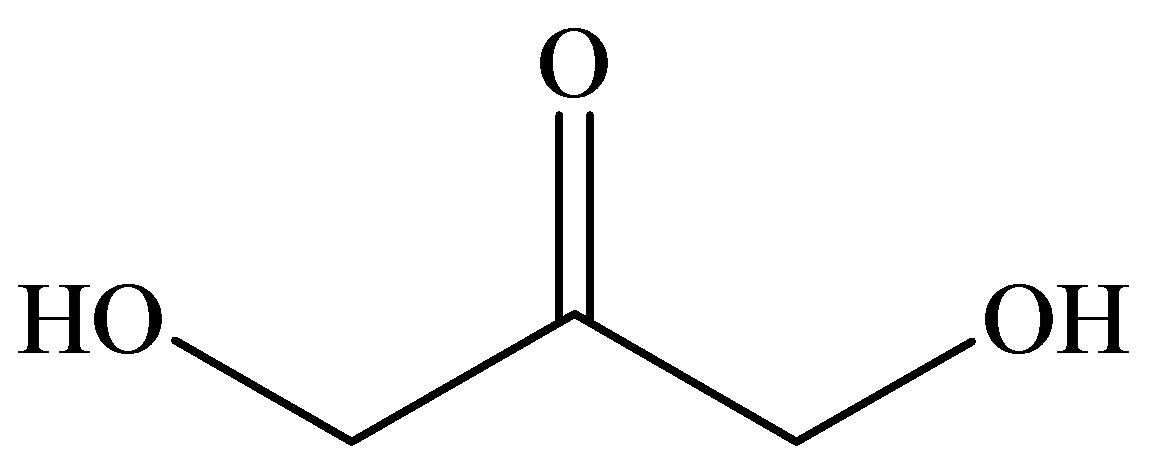
b)
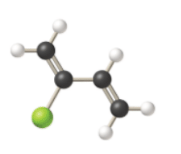
The condensed structural formula consists of two functional groups that are
 .
.
In the structure given below, there are four carbon atoms in the compounds that are linked by alternate single and double bonds, in which one carbon atom is linked to the
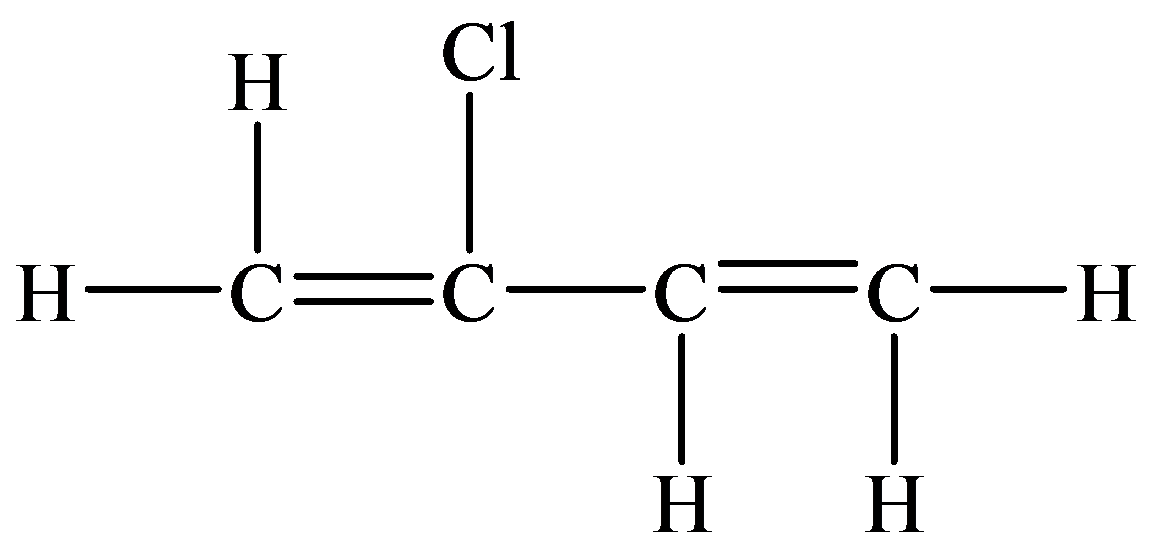
The skeletal structure consists of the line representation of the bond between atoms. In this structure, carbon and hydrogen atoms are not shown except heteroatoms. A single line represents single bonds and double lines represent double bonds. The

Given information: The molecular model of the compound is represented below:
c)
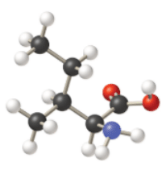
In thecompound given below, there are two

In the structure given below, there are sixcarbon atoms including the
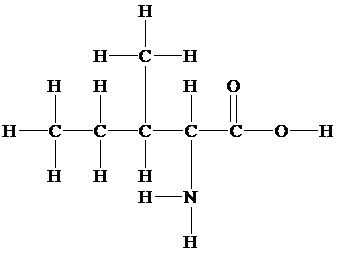
The skeletal structure contains the line representation to show the bond between atoms. In this structure, carbon and hydrogen atoms are not shown except heteroatoms. Oxygen atoms are linked to the carbon atom with single and double lines, and the

Want to see more full solutions like this?
Chapter 25 Solutions
EBK CHEMISTRY
- Indicate the product(s) B and C that are formed in the reaction: HN' OCH HC1 B + mayoritario C minoritario OCH3arrow_forwardIndicate the product(s) that are formed in the reaction: NH-NH, OCH3 -H₂O OCH3arrow_forward21.38 Arrange the molecules in each set in order of increasing acidity (from least acidic to most acidic). OH OH SH NH2 8 NH3 OH (b) OH OH OH (c) & & & CH3 NO2 21.39 Explain the trends in the acidity of phenol and the monofluoro derivatives of phenol. OH OH OH OH PK 10.0 PK 8.81 PK 9.28 PK 9.81arrow_forward
- identify which spectrum is for acetaminophen and which is for phenacetinarrow_forwardThe Concept of Aromaticity 21.15 State the number of 2p orbital electrons in each molecule or ion. (a) (b) (e) (f) (c) (d) (h) (i) DA (k) 21.16 Which of the molecules and ions given in Problem 21.15 are aromatic according to the Hückel criteria? Which, if planar, would be antiaromatic? 21.17 Which of the following structures are considered aromatic according to the Hückel criteria? ---0-0 (a) (b) (c) (d) (e) (h) H -H .8.0- 21.18 Which of the molecules and ions from Problem 21.17 have electrons donated by a heteroatom?arrow_forward1. Show the steps necessary to make 2-methyl-4-nonene using a Wittig reaction. Start with triphenylphosphine and an alkyl halide. After that you may use any other organic or inorganic reagents. 2. Write in the product of this reaction: CH3 CH₂ (C6H5)₂CuLi H₂O+arrow_forward
- 3. Name this compound properly, including stereochemistry. H₂C H3C CH3 OH 4. Show the step(s) necessary to transform the compound on the left into the acid on the right. Bri CH2 5. Write in the product of this LiAlH4 Br H₂C OHarrow_forwardWhat are the major products of the following reaction? Please provide a detailed explanation and a drawing to show how the reaction proceeds.arrow_forwardWhat are the major products of the following enolate alkylation reaction? Please include a detailed explanation as well as a drawing as to how the reaction proceeds.arrow_forward
- A block of zinc has an initial temperature of 94.2 degrees celcius and is immererd in 105 g of water at 21.90 degrees celcius. At thermal equilibrium, the final temperature is 25.20 degrees celcius. What is the mass of the zinc block? Cs(Zn) = 0.390 J/gxdegrees celcius Cs(H2O) = 4.18 J/gx degrees celcusarrow_forwardPotential Energy (kJ) 1. Consider these three reactions as the elementary steps in the mechanism for a chemical reaction. AH = -950 kJ AH = 575 kJ (i) Cl₂ (g) + Pt (s) 2C1 (g) + Pt (s) Ea = 1550 kJ (ii) Cl (g)+ CO (g) + Pt (s) → CICO (g) + Pt (s) (iii) Cl (g) + CICO (g) → Cl₂CO (g) Ea = 2240 kJ Ea = 2350 kJ AH = -825 kJ 2600 2400 2200 2000 1800 1600 1400 1200 1000 a. Draw the potential energy diagram for the reaction. Label the data points for clarity. The potential energy of the reactants is 600 kJ 800 600 400 200 0 -200- -400 -600- -800- Reaction Progressarrow_forwardCan u help me figure out the reaction mechanisms for these, idk where to even startarrow_forward
 Introductory Chemistry: An Active Learning Approa...ChemistryISBN:9781305079250Author:Mark S. Cracolice, Ed PetersPublisher:Cengage LearningChemistry: Matter and ChangeChemistryISBN:9780078746376Author:Dinah Zike, Laurel Dingrando, Nicholas Hainen, Cheryl WistromPublisher:Glencoe/McGraw-Hill School Pub Co
Introductory Chemistry: An Active Learning Approa...ChemistryISBN:9781305079250Author:Mark S. Cracolice, Ed PetersPublisher:Cengage LearningChemistry: Matter and ChangeChemistryISBN:9780078746376Author:Dinah Zike, Laurel Dingrando, Nicholas Hainen, Cheryl WistromPublisher:Glencoe/McGraw-Hill School Pub Co Chemistry for Today: General, Organic, and Bioche...ChemistryISBN:9781305960060Author:Spencer L. Seager, Michael R. Slabaugh, Maren S. HansenPublisher:Cengage Learning
Chemistry for Today: General, Organic, and Bioche...ChemistryISBN:9781305960060Author:Spencer L. Seager, Michael R. Slabaugh, Maren S. HansenPublisher:Cengage Learning Chemistry: The Molecular ScienceChemistryISBN:9781285199047Author:John W. Moore, Conrad L. StanitskiPublisher:Cengage Learning
Chemistry: The Molecular ScienceChemistryISBN:9781285199047Author:John W. Moore, Conrad L. StanitskiPublisher:Cengage Learning Chemistry: Principles and PracticeChemistryISBN:9780534420123Author:Daniel L. Reger, Scott R. Goode, David W. Ball, Edward MercerPublisher:Cengage Learning
Chemistry: Principles and PracticeChemistryISBN:9780534420123Author:Daniel L. Reger, Scott R. Goode, David W. Ball, Edward MercerPublisher:Cengage Learning





